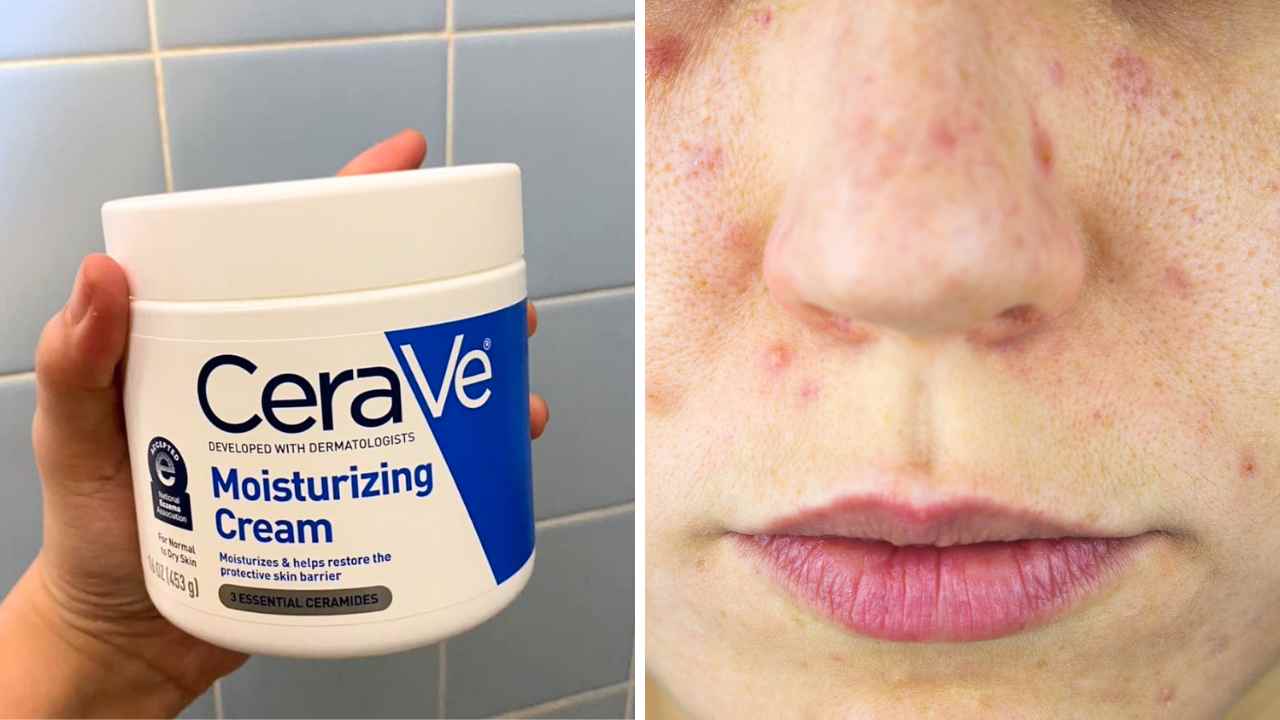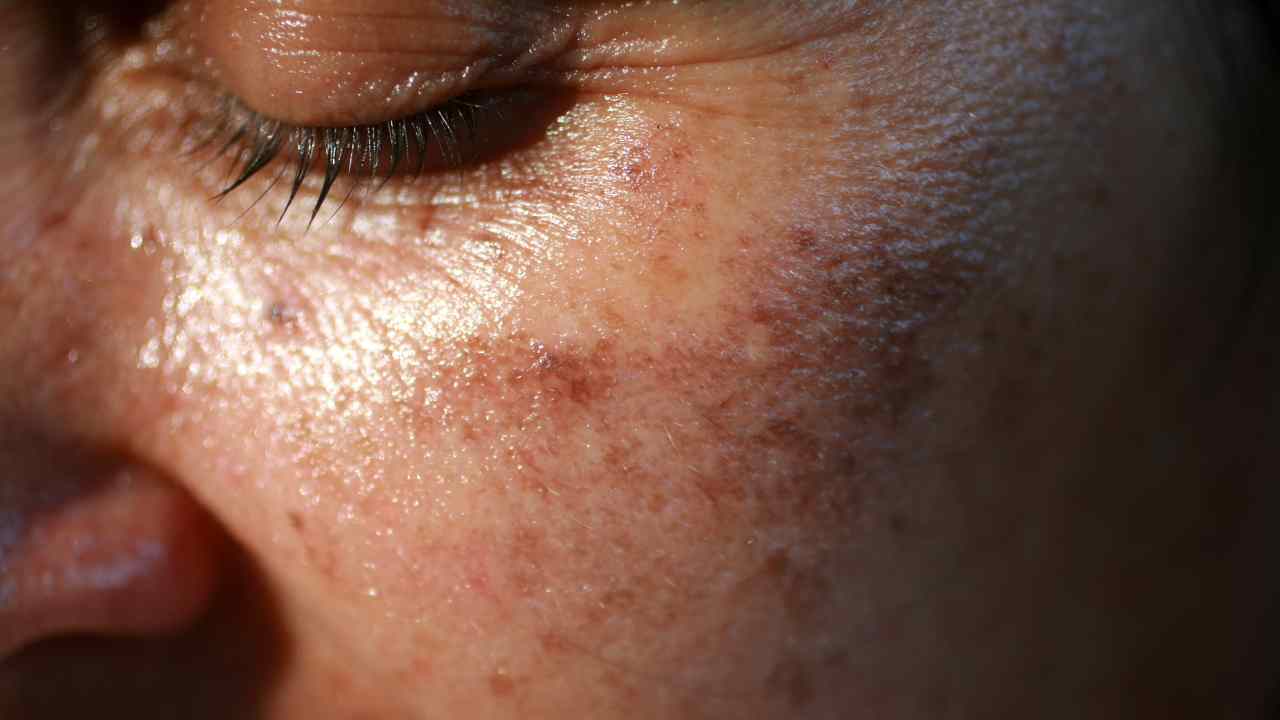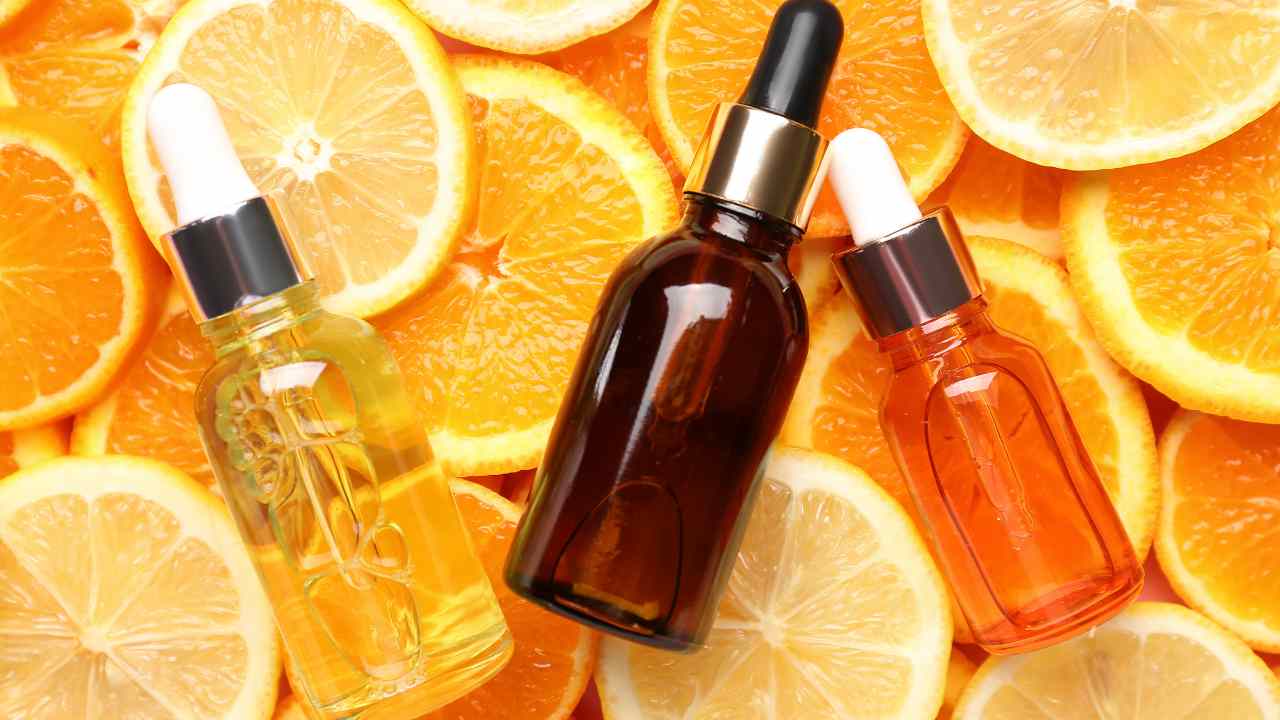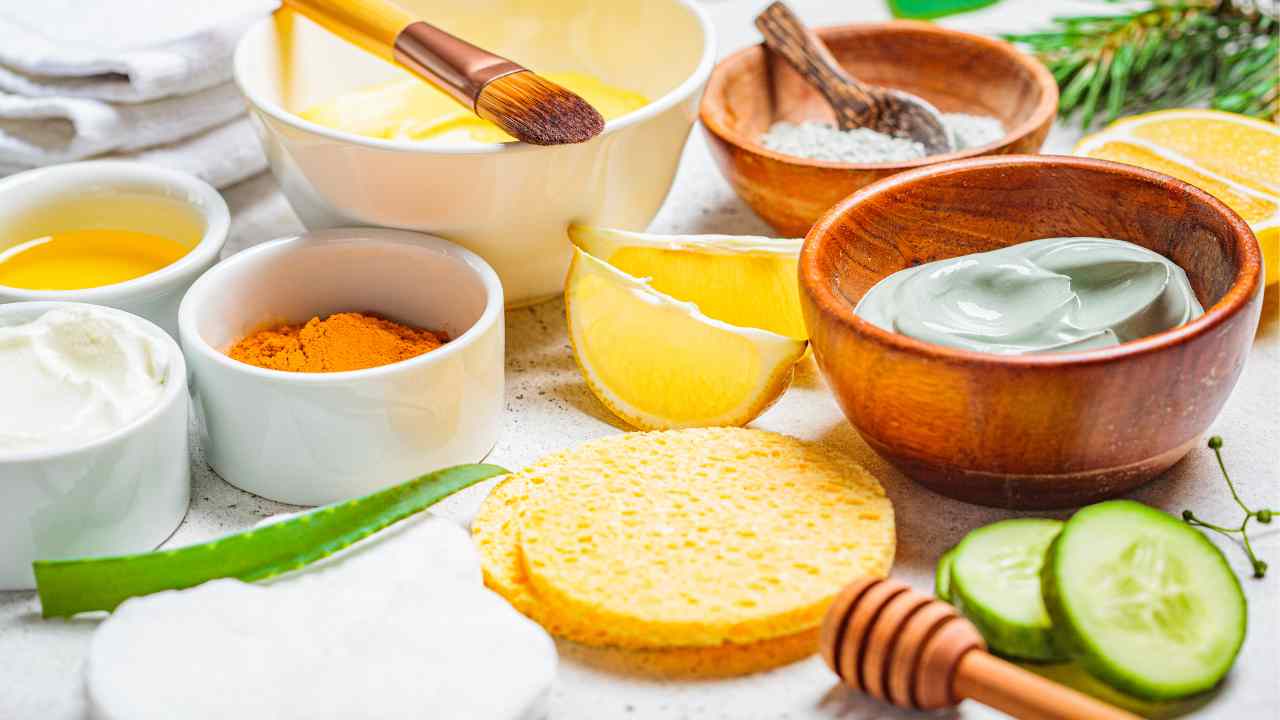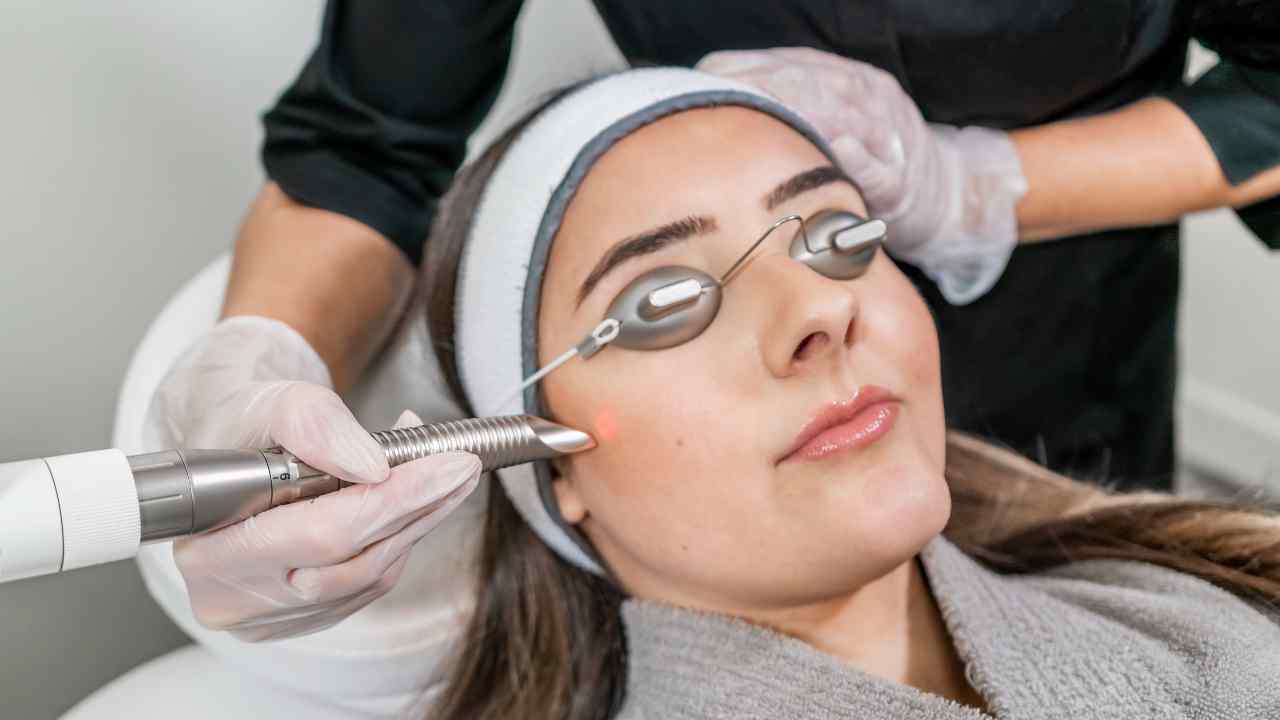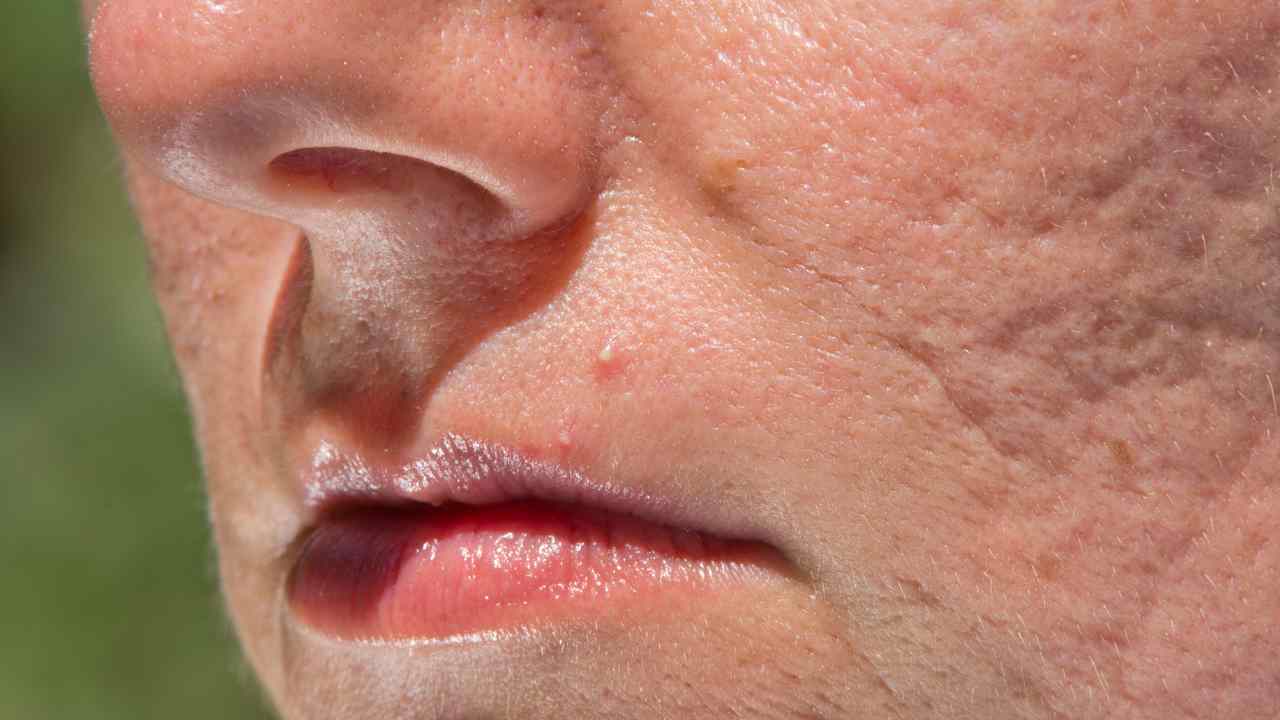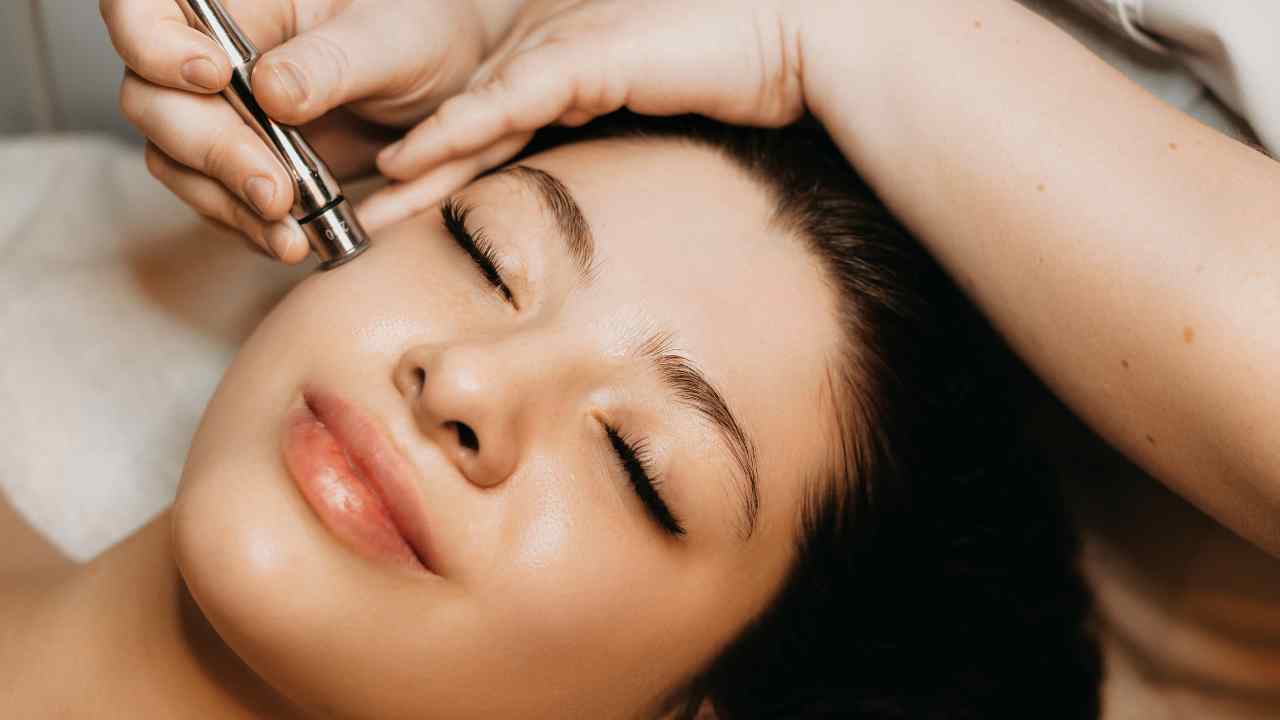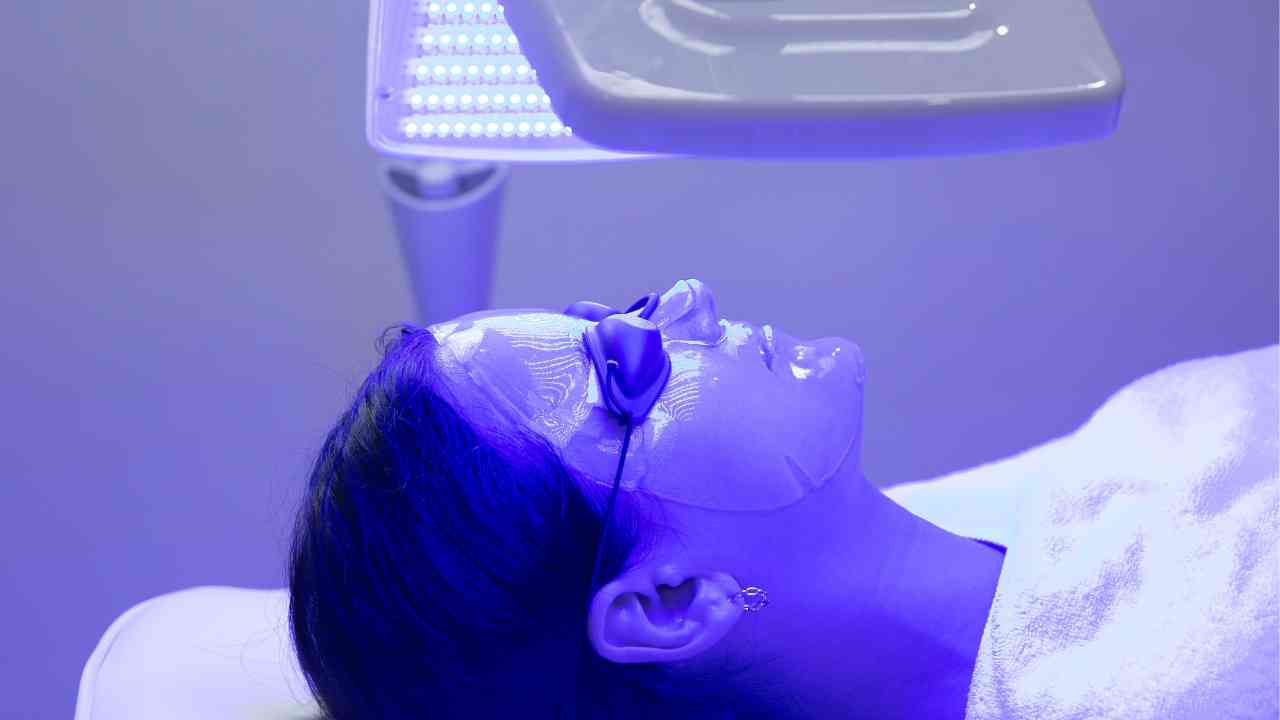
Stone Age Skincare Mystery: Did Cavemen Have Acne?
From cave graffiti depicting headaches to mysterious plants found around ancient dwellings, our ancestors have left behind a fascinating record of their daily lives and habits.
Over the past few decades, scientists and archaeologists have dedicated time towards uncovering more about how our prehistoric counterparts lived—including what they did for skincare hundreds of thousands of years ago.
While not many explicit details still exist from those days, one mystery stands out amongst it all: Did cavemen suffer from acne prone skin?
In this post, we will explore the archeological evidence gathered so far in pursuit of sussing out if breakouts were just as common back then as they are today!
What Causes Acne Breakouts?
If you’ve ever dealt with breakouts, you know they suck. It can take multiple dermatology visits and tons of acne skincare products to treat hormonal acne. And sometimes even after trying all the popular acne treatments you end up with nasty acne scars.
But do you know what causes this terrible malady? Acne can be caused by a multitude of factors, including age, genetics, hormones and the types of products or foods we consume. Let’s dig in to find out more about acne causes and acne treatment!
The Age Factor
While anyone can experience acned skin at any time in their life it is especially common during adolescence when hormonal changes are occurring.
Hormonal fluctuations increase oil production which can mix with dead skin cells to cause clogged pores and eventually pimples forming on the skin. As one ages their hormone levels normalize reducing the likelihood of having severe acne breakouts.
Genetics
Genetics also plays an important role as there may be a family history of pimple-prone skin that gets passed down from generation to generation. So if your parents had bad cystic acne as teens, expect that possibility with your own teenager years as well!
Hormones
Hormone balance is a major factor when it comes to experiencing clear skin or not—the hormone imbalance can trigger oil glands in your body to go into overdrive resulting in excess sebum which causes blackheads and whiteheads too!
Androgens such as testosterone often contribute to increased sebum production while larger amounts of progesterone can cause redness and inflammation associated with cystic eruptions and painful pustules on emerging adult faces.
Products & Foods
In addition to age and genetic factors there are certain products or foods that contribute towards clogged pores leading up to an eventual breakout.
These include heavy makeup clogging pores (think foundation specifically), processed junk food high in fat content like potato chips and french fries not being great choices for managing oily areas on face either plus any kind of dairy product containing hormones like growth hormone IGF-1 has been known cause for flareups (especially during teenage years).
To combat this try using lighter cosmetics when possible such as mineral powder foundations instead full coverage creams will help alleviate some pressure off pore blockage.
Overall watch what you put both inside and outside your body - stick with natural ingredients whenever possible.
So now that we have gone through all potential modern culprits that worsen acne, let's take a look at ancient living and if acne was a possibility.
The Paleolithic Puzzle
Imagine a world before smartphones, before fast food joints, and before skincare aisles bursting with lotions and potions.
Our caveman counterparts - experiencing their Paleolithic era - certainly had a different lifestyle and environment than we do today.
Diet Dilemmas
One prevailing theory is that diet played a role in the skin health of our ancient ancestors.
Their paleo diet primarily consisted of wild game, fruits, vegetables, nuts, and seeds—quite a far cry from the processed foods and sugary snacks and sodas that can exacerbate modern acne.
As a result, some researchers speculate that cavemen might not have experienced acne to the same extent.
But Wait, There's Dirt
On the flip side, cave living was, well, a bit dirtier than our contemporary habitats. With limited access to modern hygiene practices, cavemen likely had a closer relationship with dirt, grime, and natural elements giving them their own kind of caveman regimen.
While this might sound counterintuitive, some researchers believe that exposure to natural elements could have actually contributed to healthier skin, with potential antimicrobial properties helping to keep breakouts at bay.
Hormones and Evolution
While diet and environment play a role, let's not forget that hormonal changes are a significant driver of acne. And guess what? Our caveman ancestors had hormones too.
Adolescence, just like today, was a period of hormonal upheaval, and hormonal shifts are known to influence sebum production—the oily substance that can clog pores and lead to acne.
The Ancestral Acne Enigma
In the absence of written records or preserved skin specimens, we can't definitively say whether cavemen had acne in the same way we understand it today.
However, it's plausible that they experienced some form of skin blemishes due to a combination of factors, including hormones, genetics, diet, and environment.
We can observe modern hunter gatherer societies to gather knowledge that is similar to the rugged societies of the past.
Do Modern Hunter Gatherer Societies Have Acne?
The short answer to this question is yes, modern hunter gatherer societies do in fact have acne. The long answer, however, is a little more complicated – but fascinating nonetheless.
First of all, the types of hunter-gatherers that still exist today are largely nomadic or semi-nomadic societies located in remote areas such as deserts and rainforests.
These communities generally do not have access to modern treatments for skin issues such as acne. As a result, they may suffer from milder forms of acne as compared to what we tend to see in developed nations today.
Though it is important to note that their environment can be harsher when coupled with poor hygiene practices; both factors being able contribute significantly towards breakouts.
Furthermore, studies on these groups’ diets reveal that they tend to avoid processed foods than westernized populations; meaning that their diets may contain less sugar and white flour which can lead to inflammation and cause blocked pores (meaning more breakouts).
These societies are the closest link we have to neanderthals of the past, but definitely can't be directly compared to ancient civilizations. The human body was different as well as the environment where these humans lived.
Lessons from the Past
While we might not have caveman testimonials on skincare regimens, we can take away valuable lessons from their lifestyle.
A diet rich in whole, unprocessed foods, exposure to natural elements, and a balance of hormones are all factors that contribute to healthy skin. And drinking fresh spring water can't hurt either.
While our modern lives come with unique challenges, we can look to our ancient ancestors for inspiration on maintaining optimal skin health.
The Modern Acne Arsenal
Fortunately, we have the advantage of modern skincare and medical knowledge to treat sensitive skin and acne head-on.
From pore cleansers to dermatologist recommended acne treatments to over-the-counter spot treatment products, we're armed with a variety of tools to treat acne and manage breakouts effectively.
So, did cavemen have acne? While we can't journey back in time to inspect their complexions, we can infer that the challenges of skin health are as old as humanity itself. Whether in prehistoric times or today, taking care of your skin remains a timeless priority.



